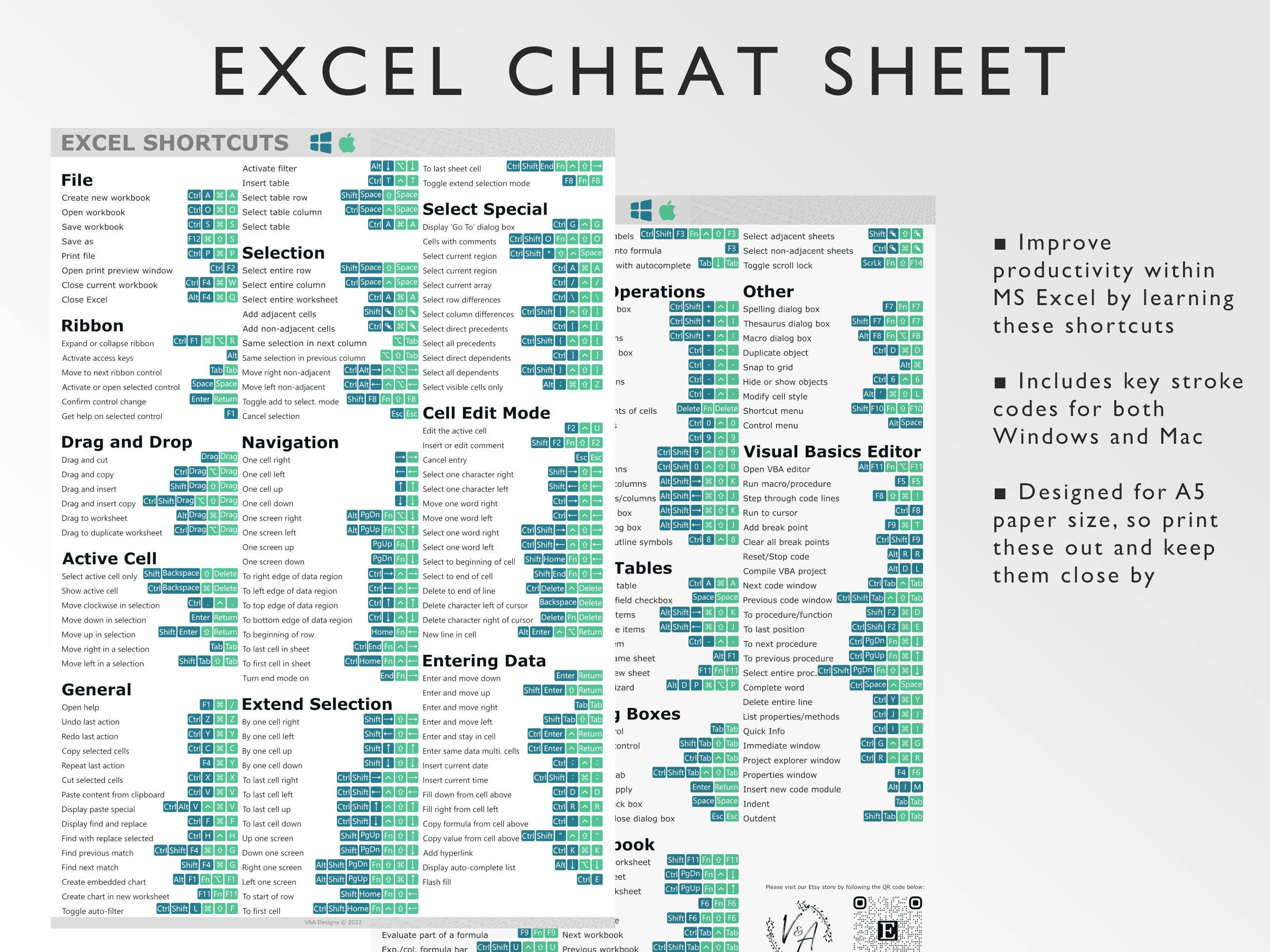5 Simple Tips for Comparing Excel Sheets Easily

When working with data in Microsoft Excel, comparing sheets to find differences or changes can be a common yet challenging task. Whether you are reconciling financial statements, tracking changes in project management, or just ensuring data integrity, knowing how to effectively compare Excel sheets can save you time and prevent errors. Here are five simple tips that can make this process easier:
Utilize Excel’s Built-in Tools

Microsoft Excel comes equipped with several features that can aid in comparing sheets:
- Conditional Formatting: Use conditional formatting to visually highlight differences or changes in data between sheets. This is particularly useful for large datasets where scanning through rows and columns manually would be time-consuming.
- Inquire Add-in: If you have the Office Professional Plus version or Excel as part of Office 365, the Inquire add-in can compare sheets or entire workbooks to find differences.
💡 Note: Make sure your version of Excel supports the Inquire tool as not all versions come with this feature.
Use the ‘Compare Spreadsheets’ Feature

If you’re working with Google Sheets or another cloud-based spreadsheet service, you might have access to tools that directly compare spreadsheets:
- Google Sheets has a “Compare Spreadsheets” feature where you can upload both sheets to be compared, and it will highlight differences for you.
- Microsoft Excel Online also offers some comparison capabilities when you sync or share workbooks.
Leverage Third-Party Tools

There are numerous third-party tools designed specifically for comparing Excel sheets:
- Spreadsheet Compare: A standalone tool that can work with Microsoft Excel to visually compare sheets or workbooks.
- DiffEngineX: Another powerful tool that integrates with Excel to compare changes, even offering detailed reports.
These tools often provide functionalities beyond what built-in options offer, such as:
- Automated comparison with customizable settings
- Detailed reporting on changes
- Merging capabilities to combine differences
Employ VBA for Advanced Comparison

If you’re comfortable with programming or have access to VBA (Visual Basic for Applications), you can automate the comparison process:
- Create a script to compare specified ranges or entire sheets.
- Set up macros to run at specific times or on workbook events to highlight changes automatically.
Here’s a basic example of VBA code to compare two sheets:
Sub CompareSheets() Dim ws1 As Worksheet, ws2 As Worksheet Set ws1 = Sheets(“Sheet1”) Set ws2 = Sheets(“Sheet2”) Dim rng1 As Range, rng2 As Range Set rng1 = ws1.Range(“A1:D10”) Set rng2 = ws2.Range(“A1:D10”)' Compare and highlight differences rng1.CompareWith rng2
End Sub
💡 Note: VBA scripts require enabling macros, which could introduce security risks. Ensure you trust the source of any VBA code.
Use a Side-by-Side Manual Comparison

If the above methods are not applicable or you need to do a quick check:
- Open both sheets side by side in Excel’s View menu with “New Window” for each workbook.
- Scroll through each sheet manually, looking for visual differences.
- Utilize Excel’s Freeze Panes feature to keep headers visible while scrolling through data.
In summary, comparing Excel sheets doesn't have to be a daunting task. By utilizing the built-in tools of Excel, considering cloud-based options, exploring third-party applications, or even creating custom VBA scripts, you can streamline your comparison process. Each method has its advantages, and the best choice depends on the complexity of the data, your familiarity with Excel, and the tools available to you. These tips not only make your work more efficient but also help in maintaining data accuracy and integrity across different sheets or versions of your data.
What if my sheets are password-protected?

+
If one or both sheets are password-protected, you’ll need the password to unlock them for comparison. Tools like VBA or third-party software might not work without access to the content of the cells.
Can I compare sheets from different versions of Excel?

+
Yes, as long as the file formats are compatible (like .xls or .xlsx), most methods outlined can work across different versions of Excel. However, some formatting or features might not translate perfectly due to version differences.
How do I compare sheets from different workbooks?

+
To compare sheets from different workbooks, you can use the techniques described here. Open both workbooks, then either use Excel’s View menu to arrange them side by side or employ comparison tools that support workbook comparison.
Are there online tools to compare Excel sheets?

+
Yes, besides Google Sheets’ feature, there are several online tools where you can upload your Excel sheets and compare them directly through web interfaces. These tools often offer visual representation of differences.
How can I ensure data privacy when using third-party tools?

+
Always check the privacy policy of the tool, ensure you’re uploading only necessary data, and consider using tools that offer local processing or secure cloud services to maintain privacy.